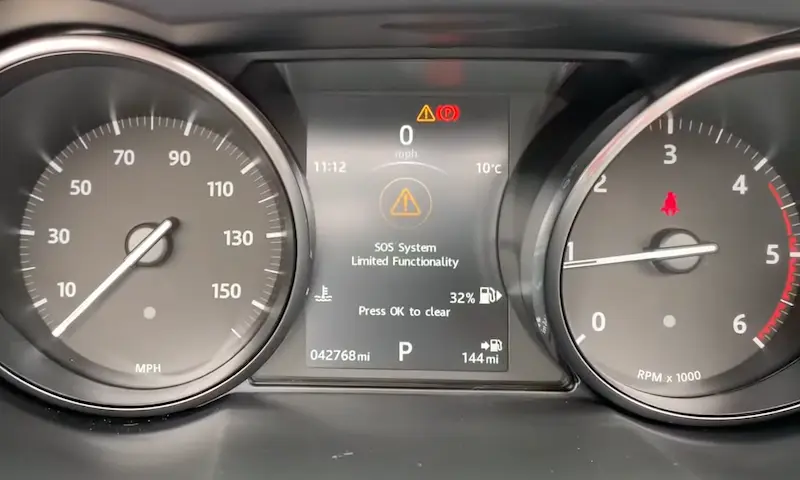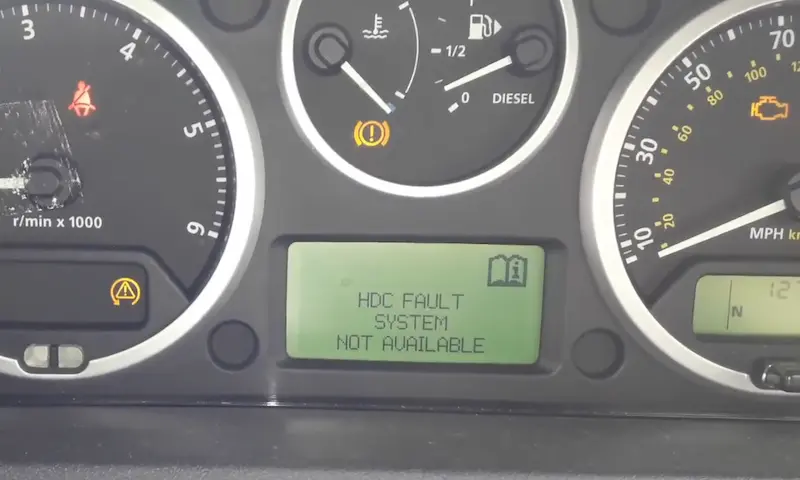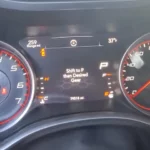A suspension system in your car plays an important role in ensuring that your rides are enjoyable and smooth. The suspension system absorbs kinetic impacts from rough roads and even distributes them across the wheels through what you may be familiar with as absorbers.
However, when the suspension system is faulty, your Range Rover becomes unstable, less balanced, and, worse, may lose control. Some common symptoms of a bad suspension system include suspension warning lights, sagging of the wheel sides, thumbing noise from wheels, bouncier rides, and overworked compressors.
Not to worry! More will be discussed about your Range Rover suspension faults in this article. You can be sure this article will examine some causes, symptoms, and so-it-yourself steps to help remedy suspension faults. Let’s get into it!
How does Range Rover Suspension Work?
The suspension system has many components that work together to ensure an enjoyable ride. Any fault in any of these components will trigger the suspension fault warning light/message.
These components include the absorber, ball joints, springs, lateral control rod, stabilizer bar, Strut bar, etc. The suspension system absorbs energy transferred to the wheel from imperfect bumpy rides. In addition, it helps the cabin ride on the suspension smoothly without feeling the full impact of the road. Simply put, the shock absorber absorbs the kinetic energy while the spring distributes that energy across the wheel.
Suppose any part of your suspension system is faulty. In that case, the inability of your vehicle to absorb and distribute the impact will greatly damage your car, reducing its life span and causing further damage.
Symptoms of a Range Rover Suspension Fault
Diagnosing a faulty suspension on your Range Rover is relatively easy, even without requisite mechanical experience.
Your Range Rover is equipped with a computerized system that helps you to diagnose a faulty suspension properly. Here is how to do it:
- On your home menu, select the 4X4 info option on the screen.
- Under the chassis view control, you can access the suspension status.
- You want to ensure that all the wheels are aligned and straight. You can easily spot sagging wheels via the lines displayed on the suspension status.
Other symptoms that indicate a faulty suspension include:
1. Suspension warning light: This is an amber indicator light that comes up when there is a problem with the suspension. It is usually accompanied by a warning message, although the warning may only come subsequently.
2. Bumpier ride: The suspension is designed to reduce the impact of the road on your car and allow a smoother ride. A broken suspension will result in bumpier rides as the car cannot absorb or distribute kinetic energy.
3. Overworking compressor: A compressor is a part of the suspension system that inflates the airbag at a proper pressure. A fault could cause the compressor to overwork. Sometimes, it can simply be fixed with a suspension home kit; other times, the fault may be more advanced and require more computerized work.
4. Noise from the wheel: If your suspension wheel is faulty, it may be accompanied by a thumbing noise from the car’s wheels, especially during rough rides.
5. Bounce Test: A quick way to diagnose a fault with the suspension system of your Range Rover is using the bounce test. You can do this by going to each wheel and pushing down the bumper. If the suspension system is right, it should return to its position.
Causes of a Range Rover Suspension Fault
The causes of a Range Rover Suspension fault are traceable to individual components of the suspension system. Some of the common causes of Suspension fault are as follows:
1. Leaking suspension valve
A faulty suspension valve is quite easy to spot in your Range Rover. The valve is responsible for distributing air pressure to both car wheels. If there is a leak from the valve, both wheels of the front or cak wheels will be significantly low. Usually, the leak is caused by a broken seal or o-ring. Replacing the o-ring of the valve is the only way to fix the leak.
2. Failing compressor
A failing air compressor may cause an error message on your cluster display. When the compressor fails, there would be a reduced pumping speed or less air pumped to the valve.
3. Sensor faults
Constant wheel movements may cause the sensor to wear out and stop working properly. The Sensor collects data that helps the ECU manipulate the compressor air pump to inflate or deflate.
4. ECU failure
The ECU controls the entire suspension system of your Range Rover, including the compressor. A failing ECU may prevent the suspension from working optimally. The ECU also collects data from sensors related to the suspension.
5. Leaking airbag
The compressor is responsible for pumping pressurized air into the air-bag system. However, when the airbag leaks or bursts, the suspension system will malfunction as the compressor overwork.
How to fix Suspension Faults
Fixing a bad suspension system on your Range Rover involves first identifying the underlying cause of the fault. It’s best to troubleshoot the cause before you begin any repair or replacement. This is to help you eliminate guesswork or unnecessary replacements. Here is what you can do to fix a faulty suspension on your Range Rover:
- For Leaking suspension valves, replace the seal or broken o rings.
- Replace the damaged air-bag to prevent the leak
- Replace and reprogramme damaged ECU
- Replace worn-out suspension sensors
- Repair or replace damaged compressor
If, after doing one or more of the following, the problem persists, you may proceed to visit a professional Range Rover expert to fix the issue.
Conclusion
Range Rover suspension systems are designed to give the cabin a smooth ride. They can absorb impacts from rough roads and prevent further damage to the vehicle. Where you suspect the suspension is faulty, we recommend you follow our guide to troubleshoot the actual cause. You should also seek professional help on time to prevent further damage. Thank you for reading!







